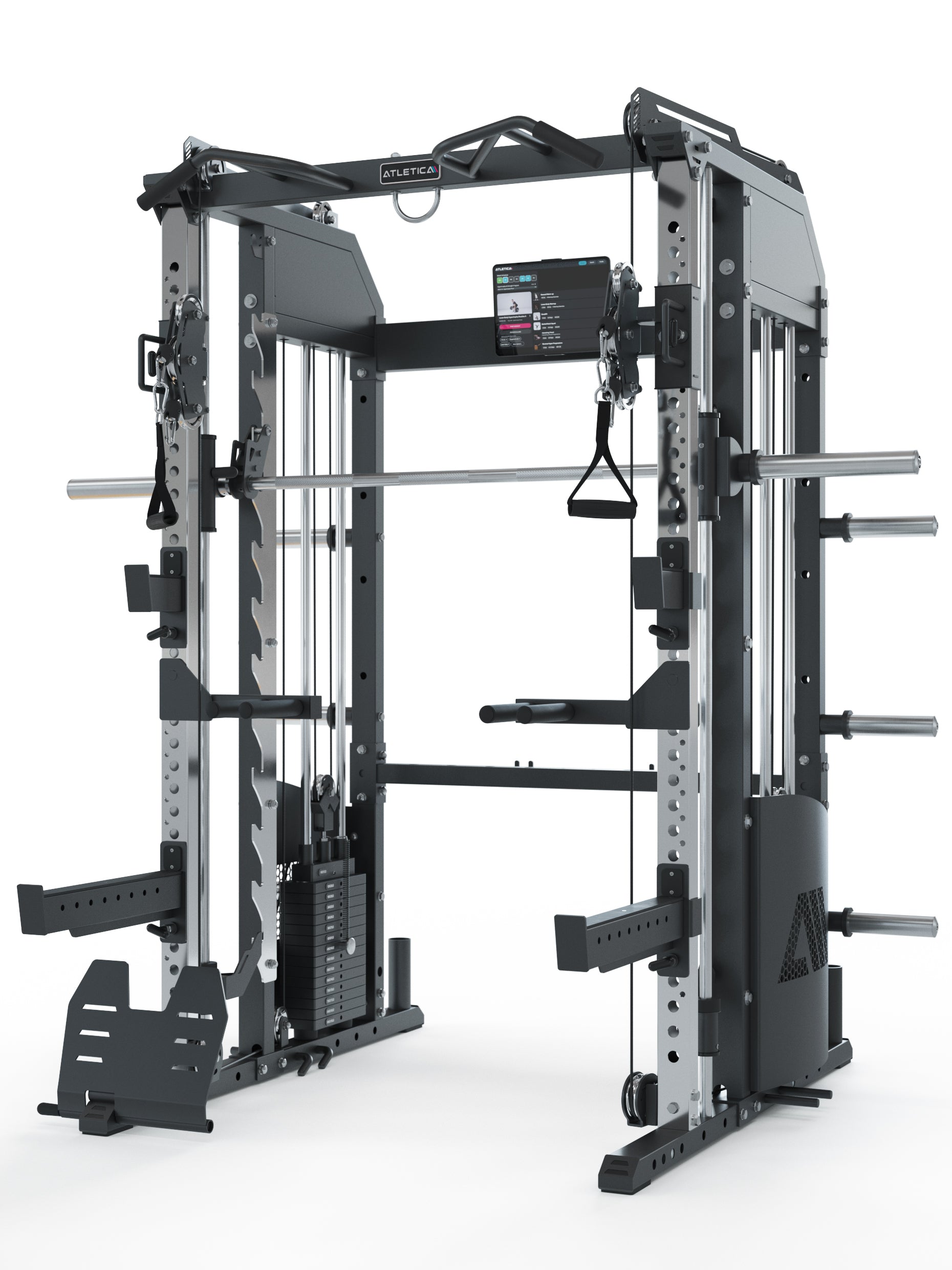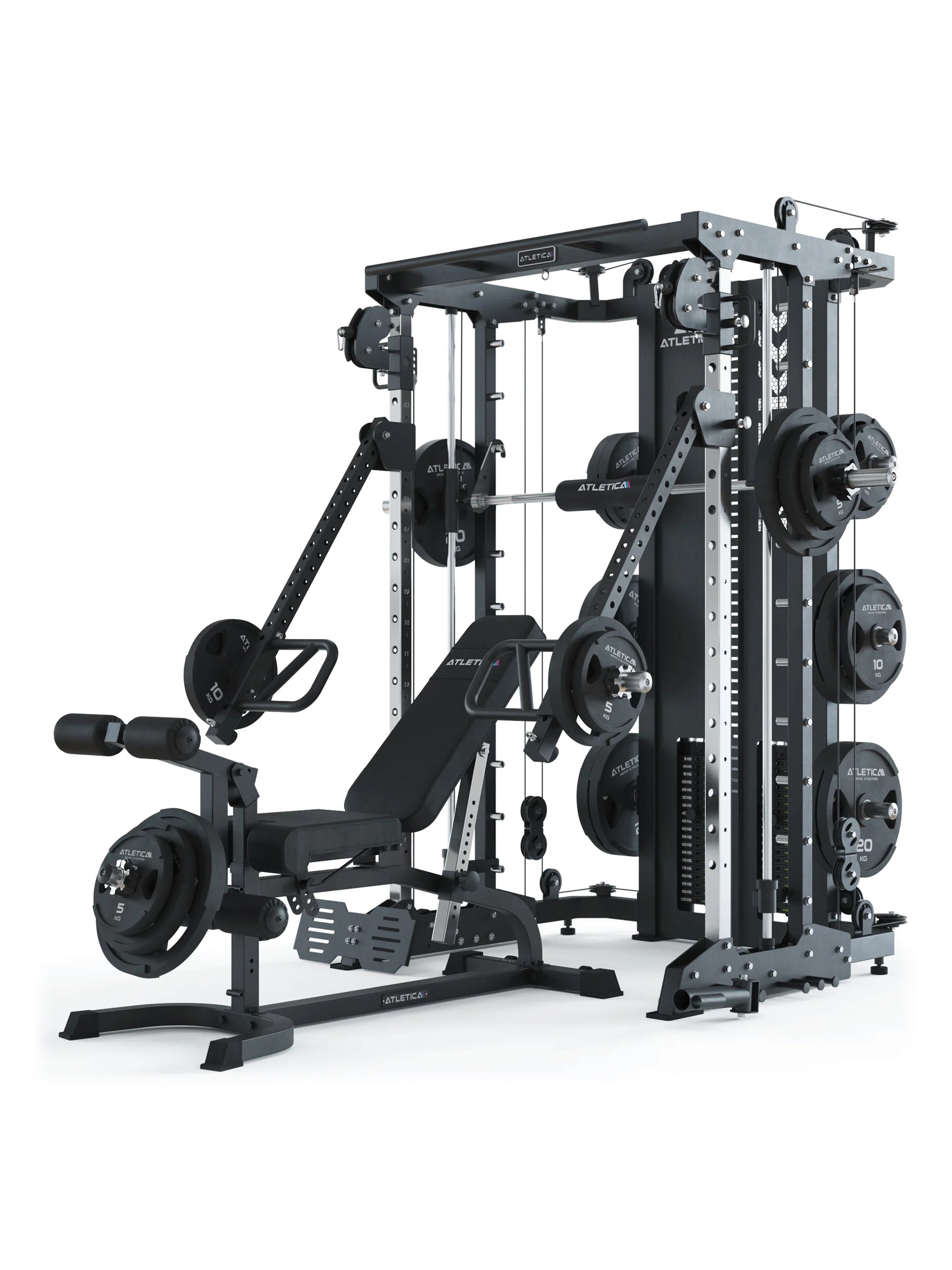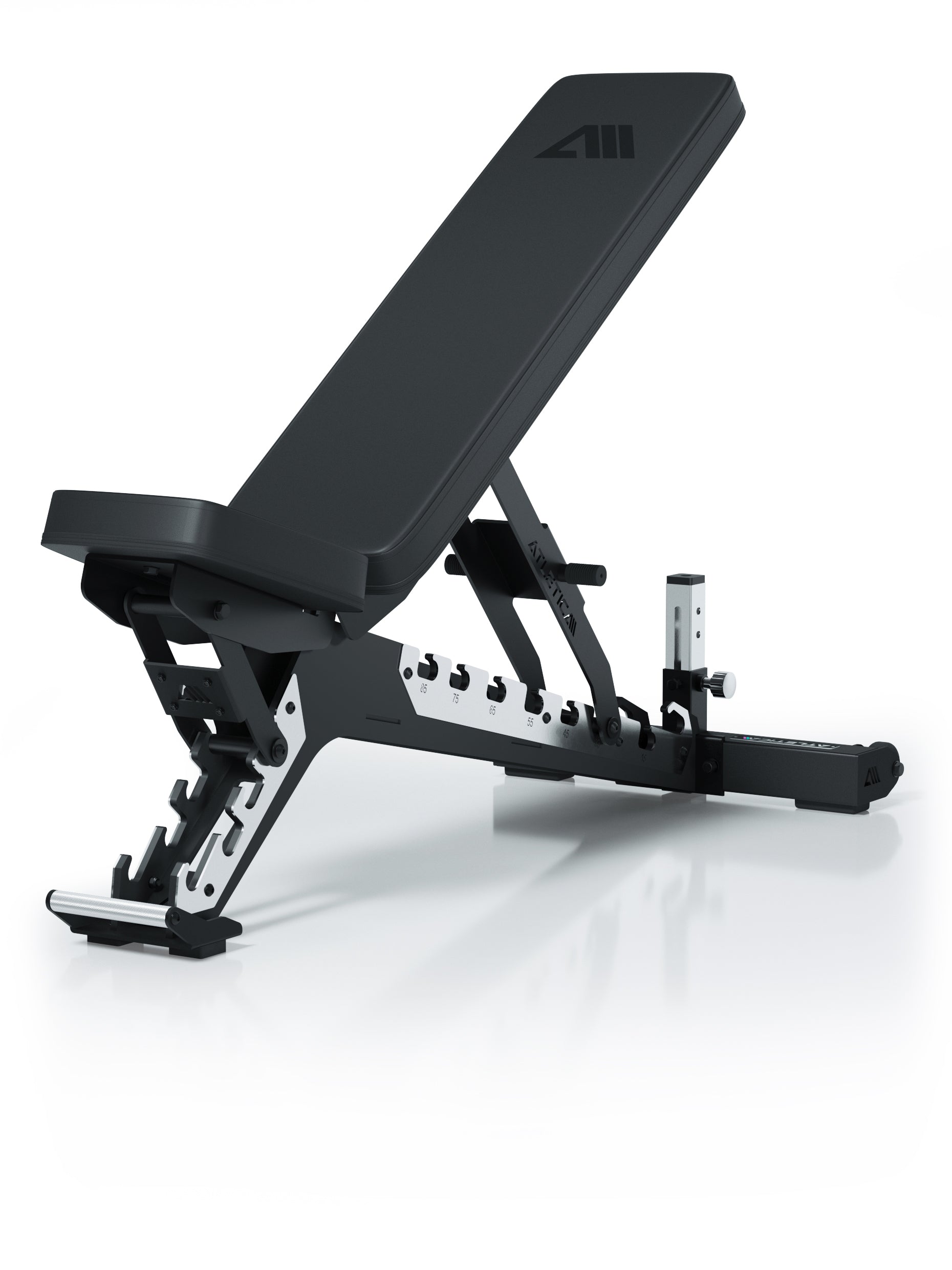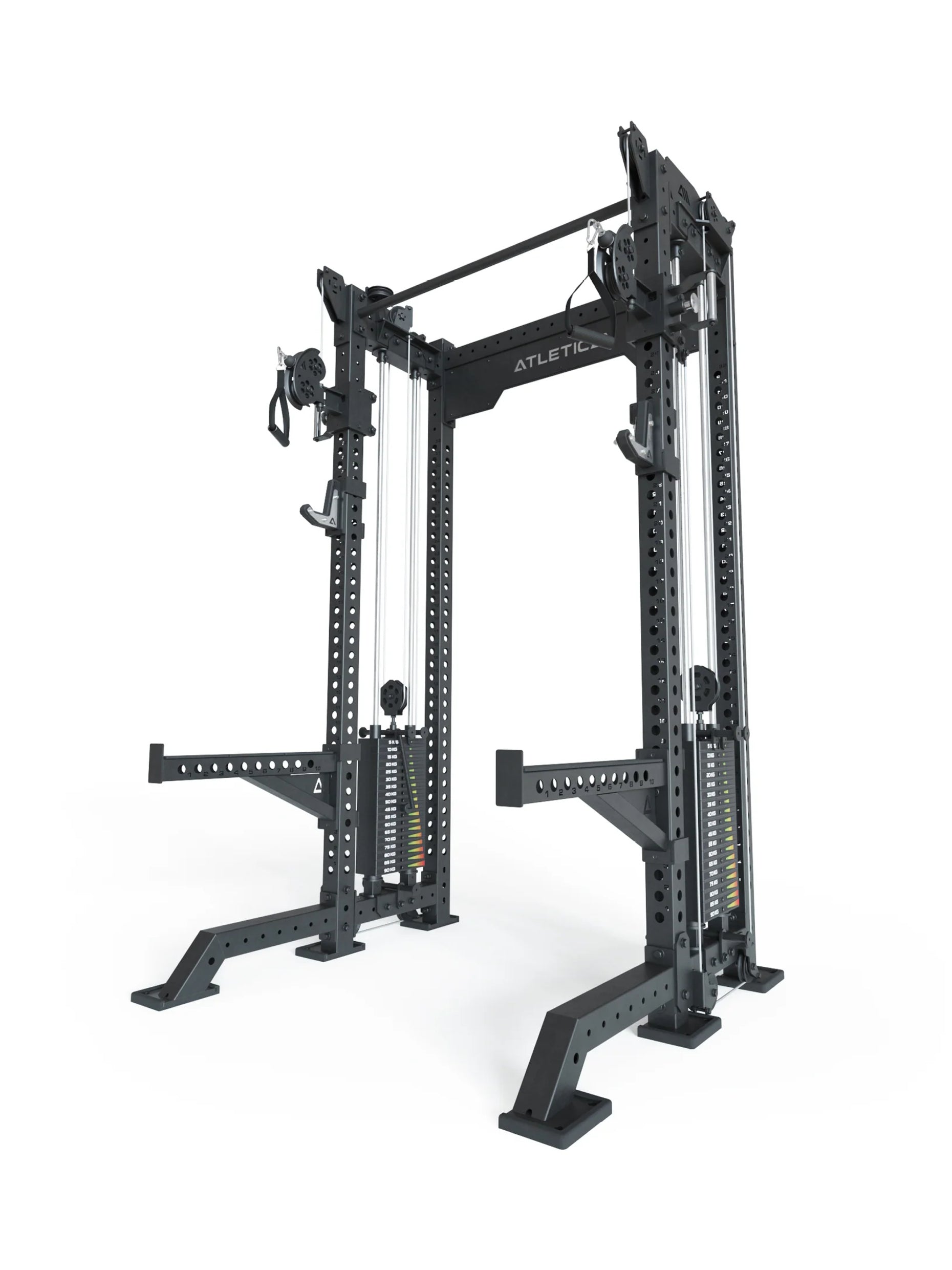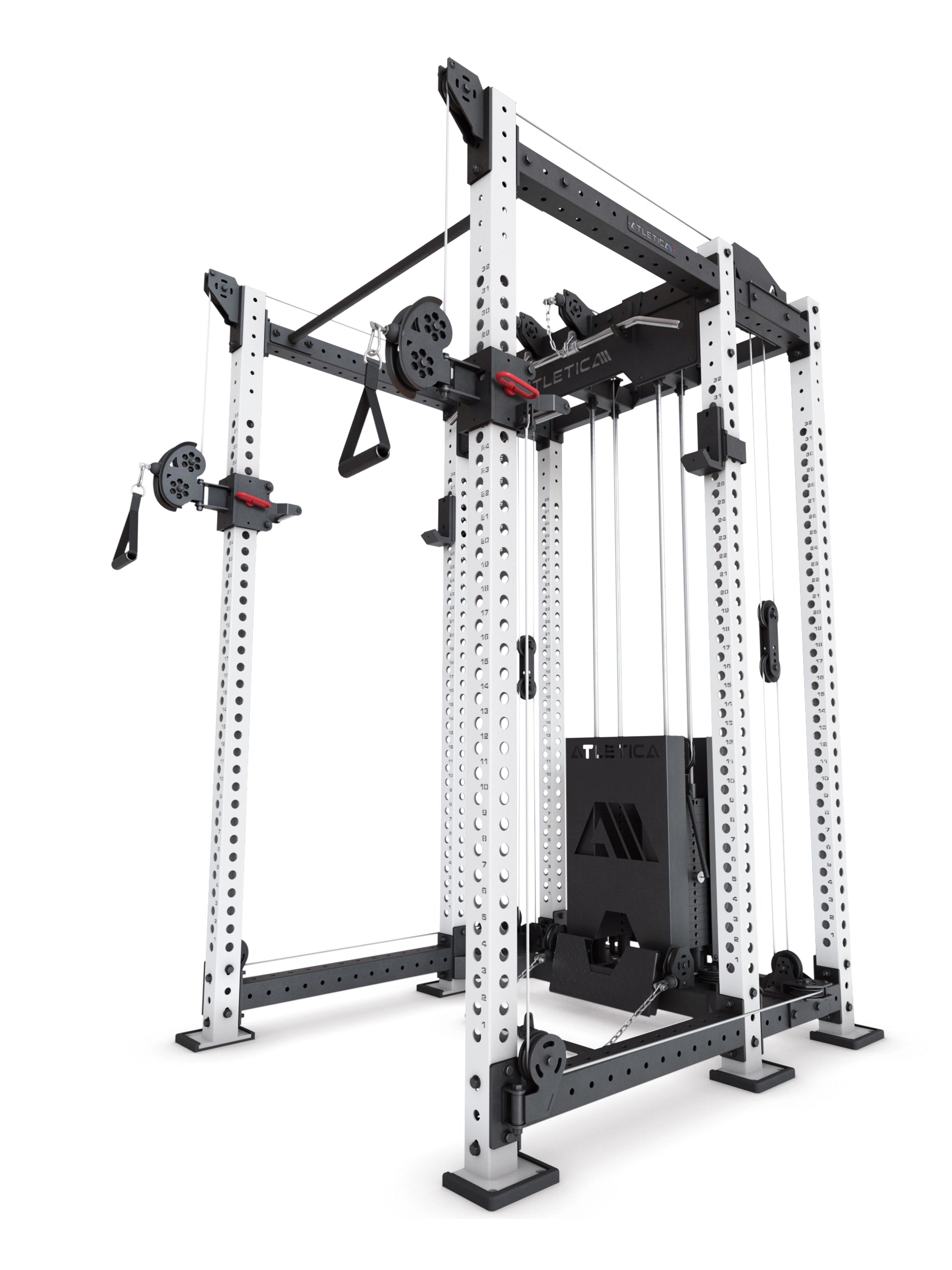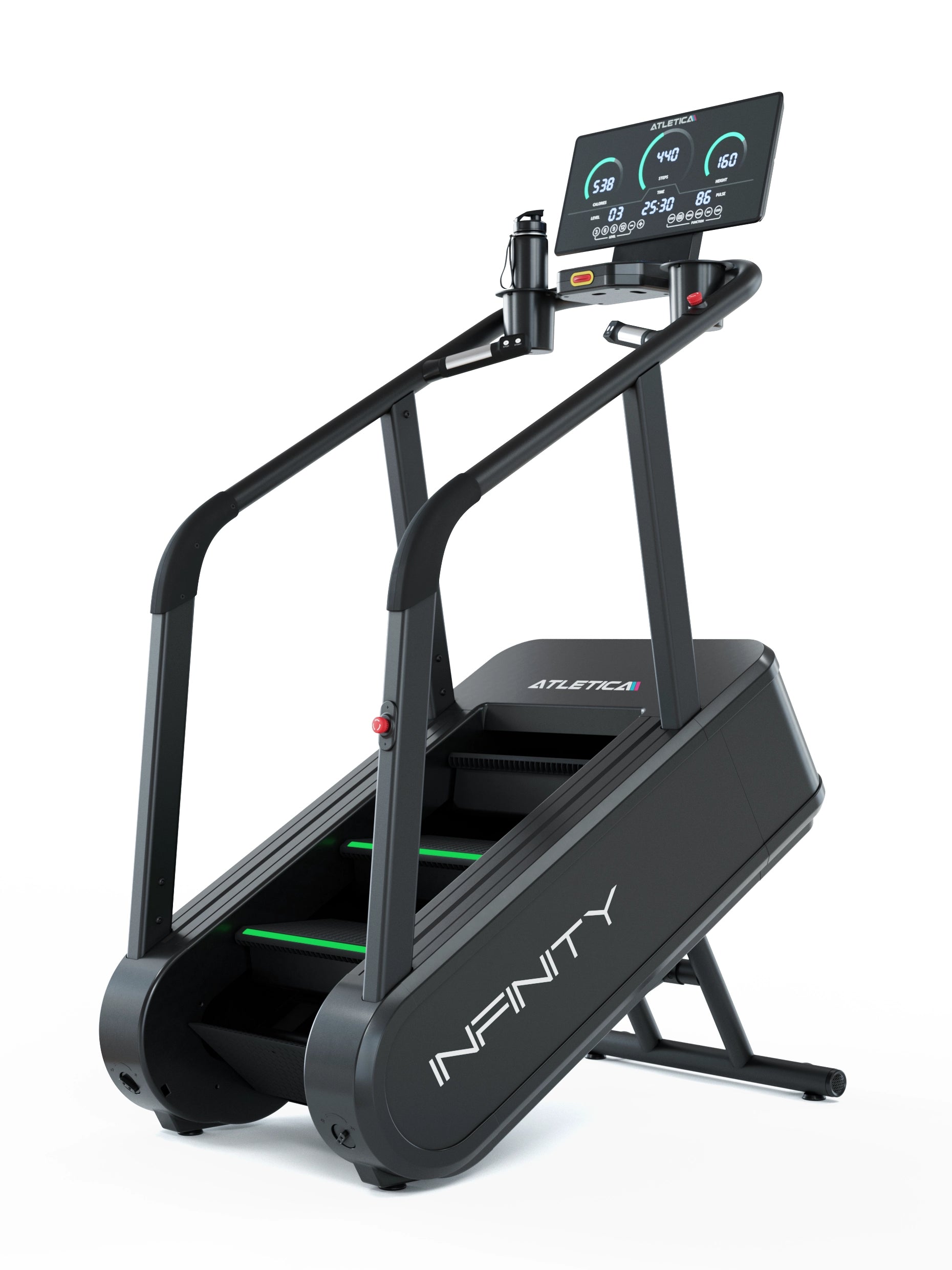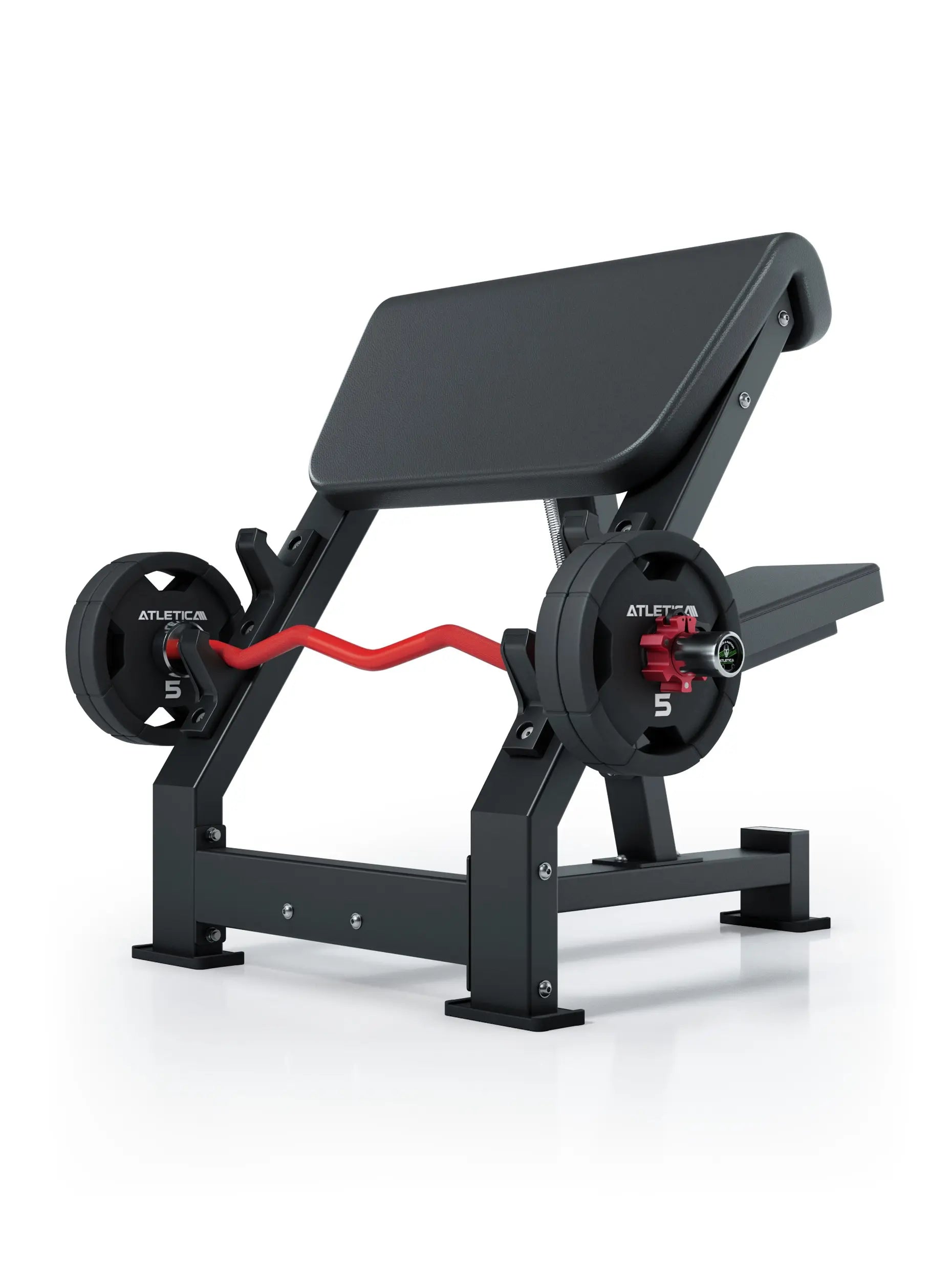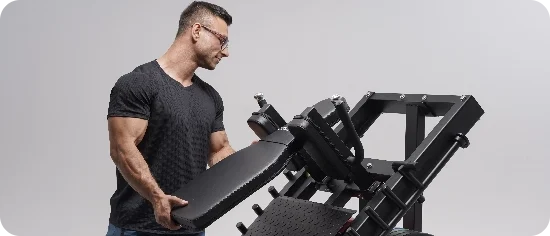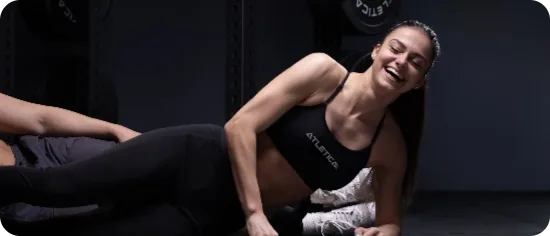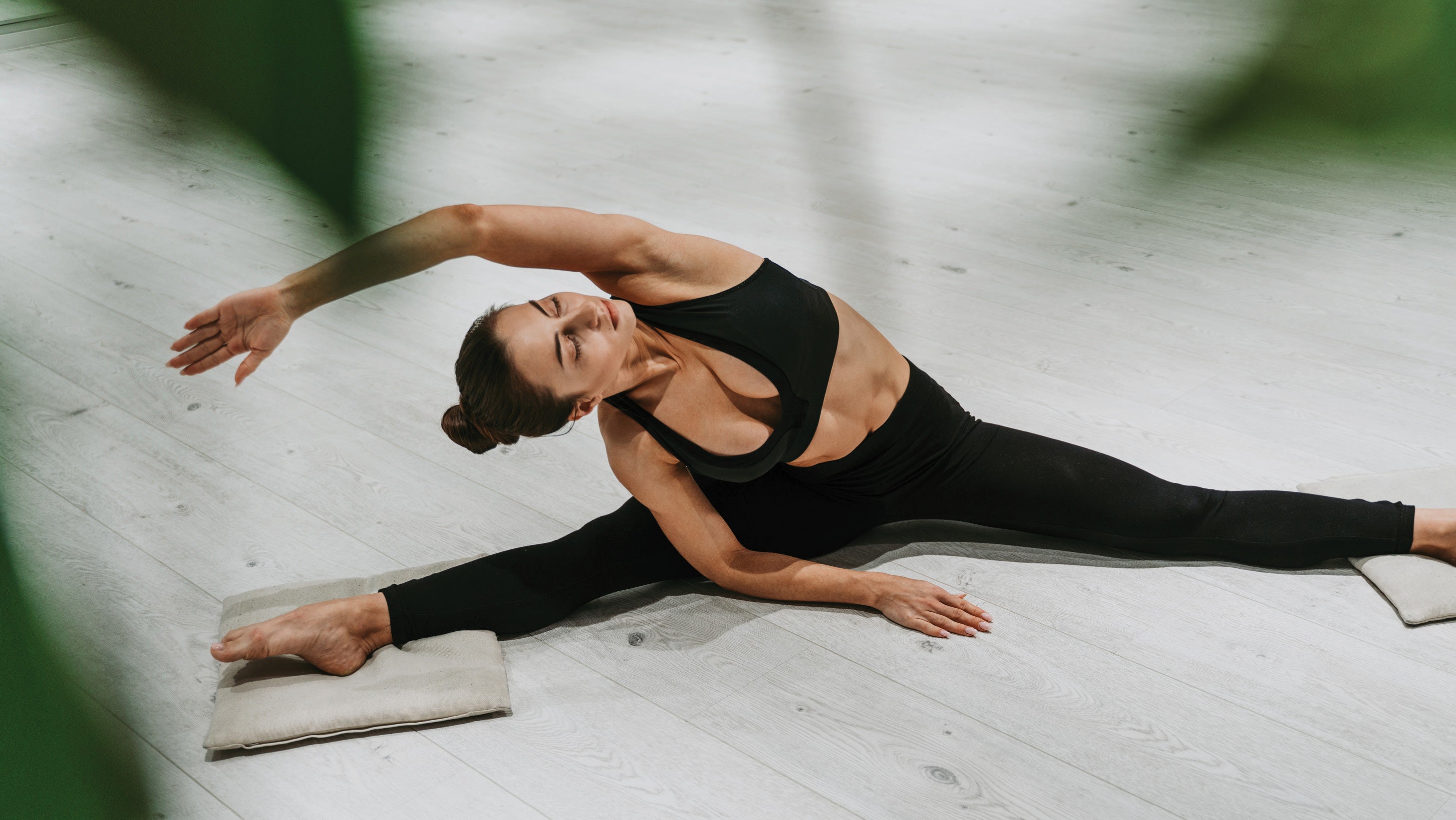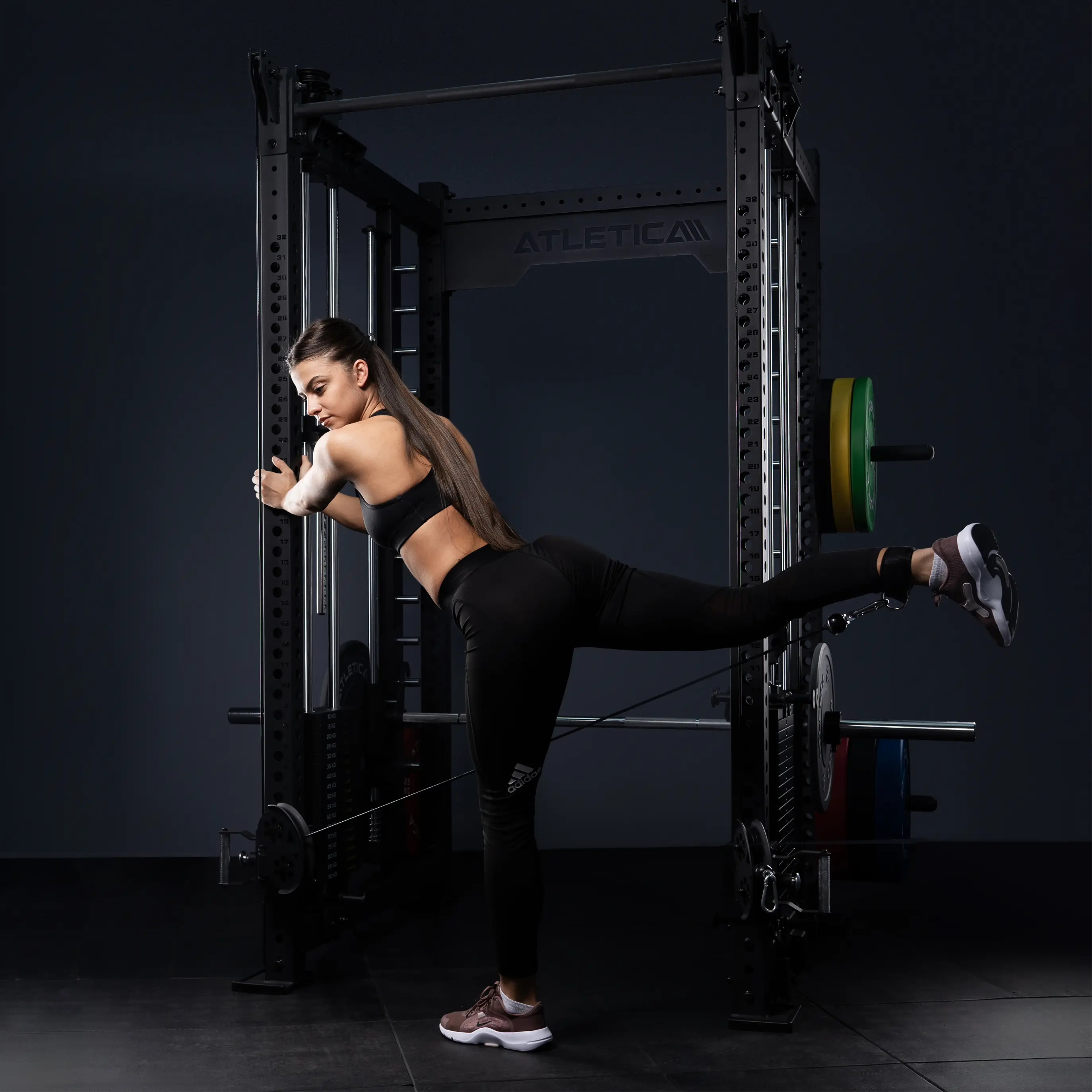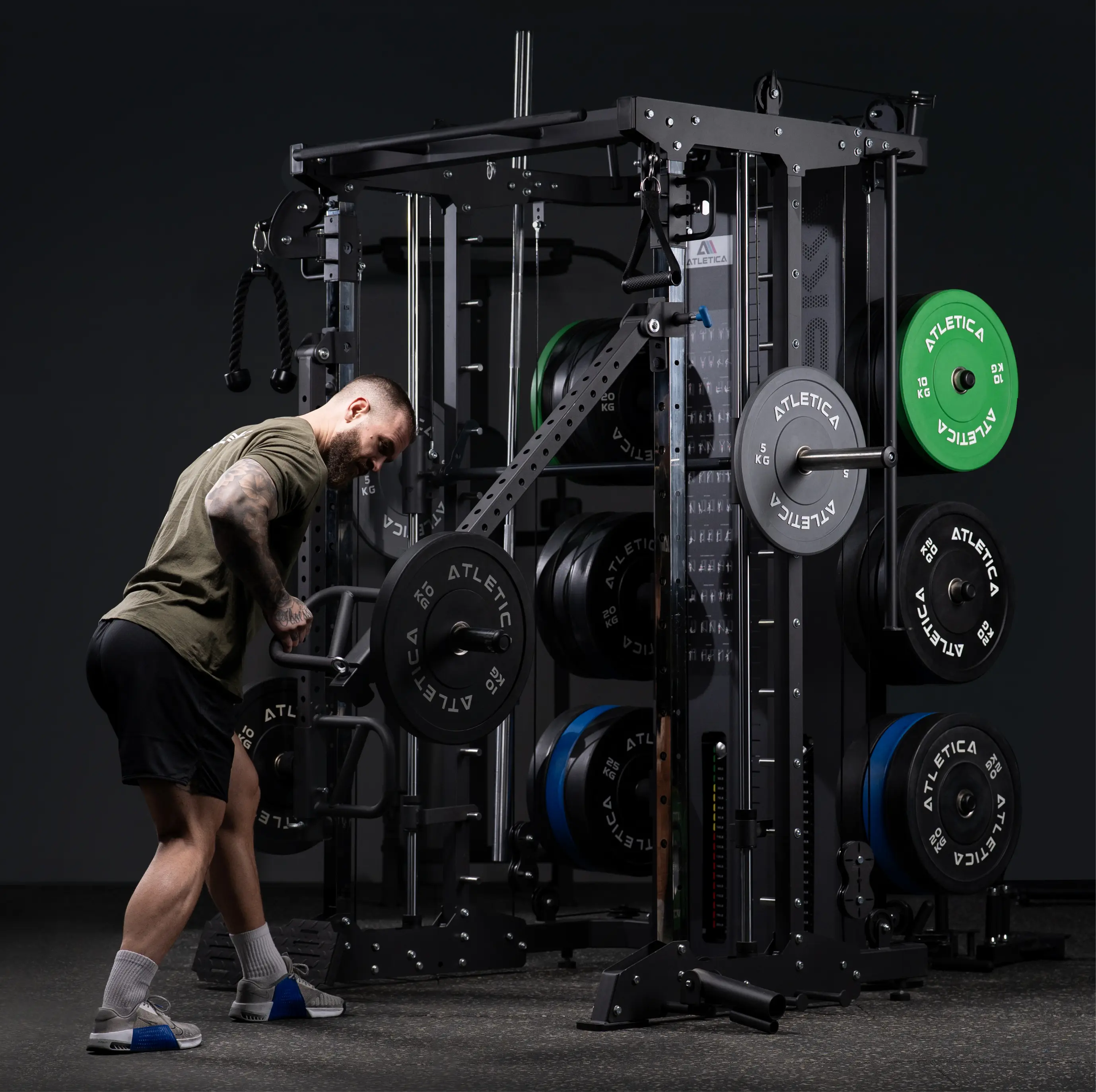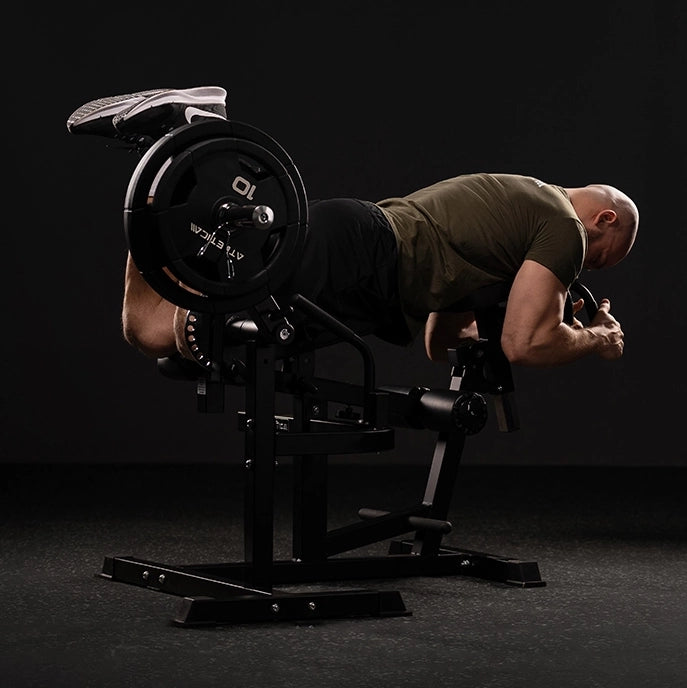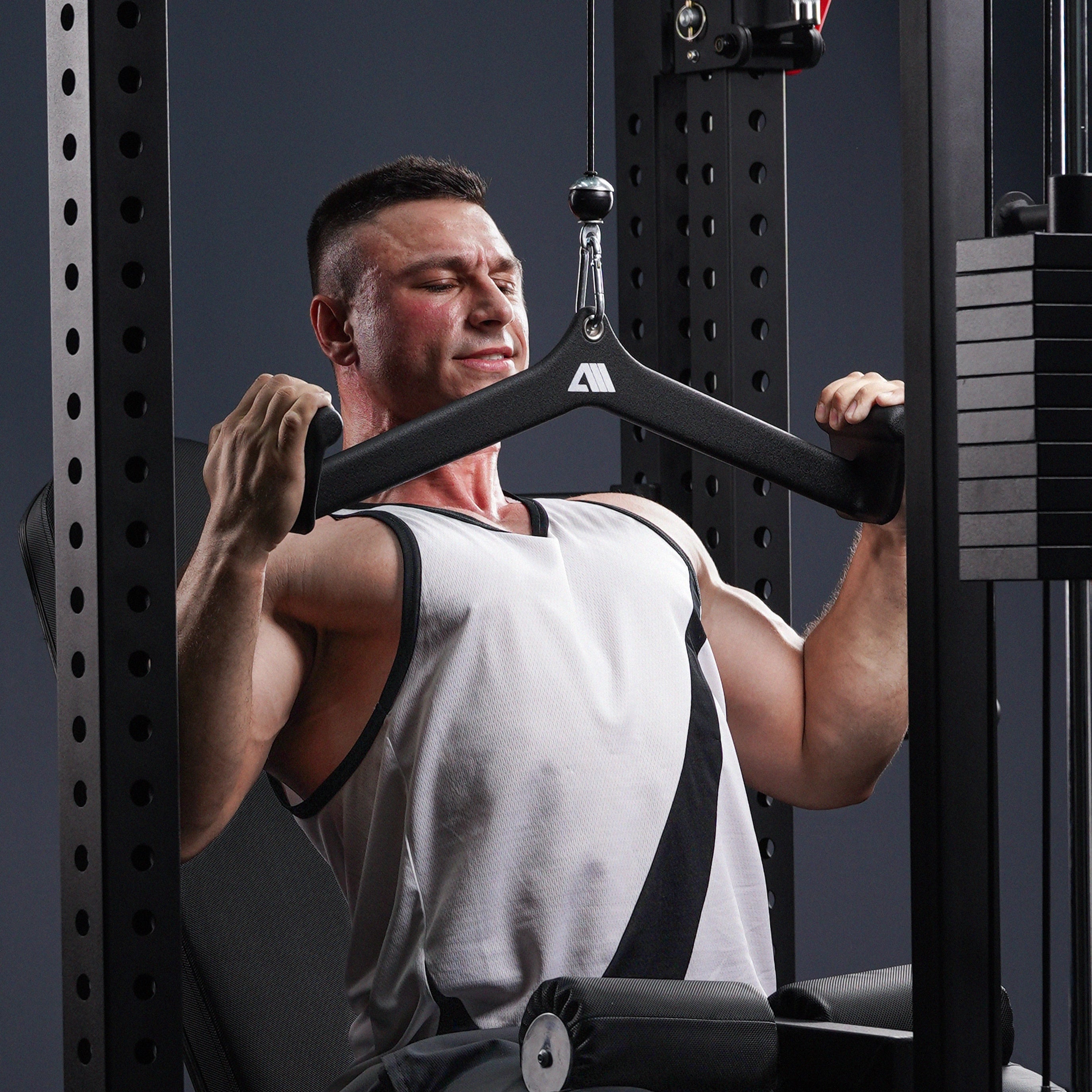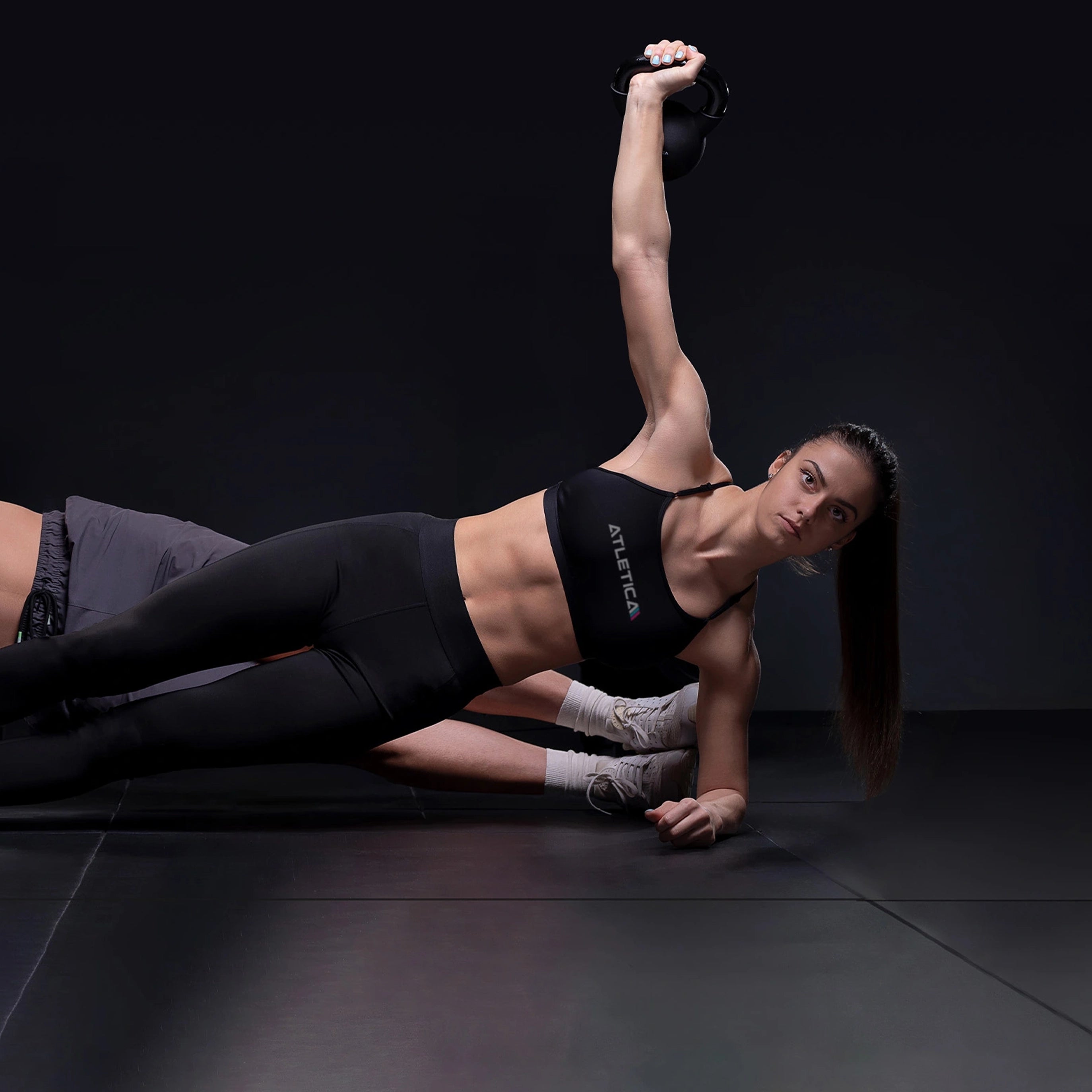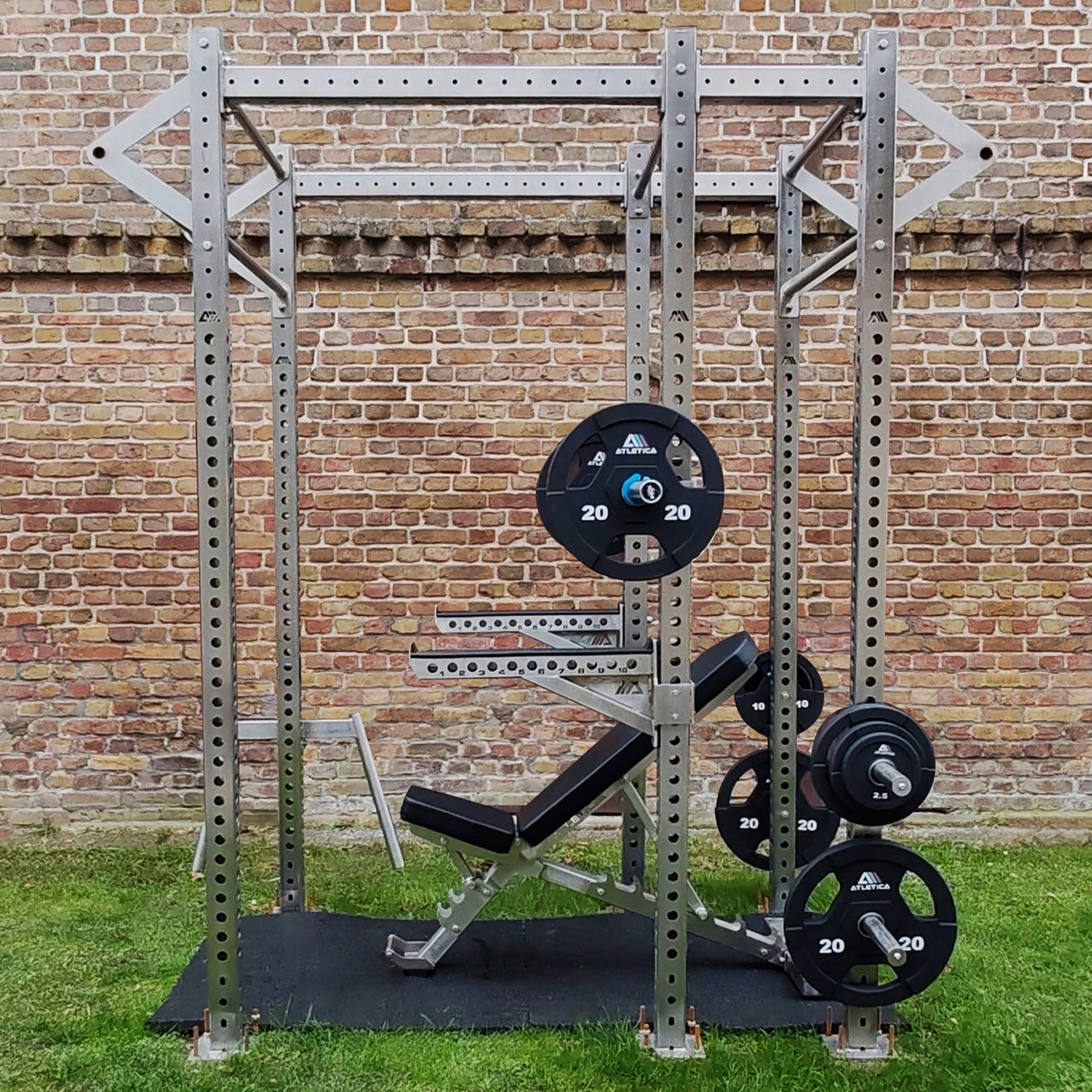The handstand is one of the most fascinating physical exercises, requiring not only strength but also balance, coordination, and control. It's a highlight of any training routine and a perfect way to gain greater body awareness. But how do you learn the handstand correctly? What techniques, exercises, and preparation are necessary to quickly master this impressive skill? In this article, we'll show you how to learn the handstand efficiently and which exercises will accelerate your progress.

1. Why learn the handstand?
Before we get into the specific steps, why is it so important or worthwhile to learn the handstand? It's simple: The handstand not only strengthens your shoulders, arms, and core, but also improves your coordination and body tone. Many people associate the handstand with gymnastics and acrobatics, but it has many functional benefits.
The handstand trains your core stability by activating your muscles in a new, often unfamiliar position. It also requires you to use your hands as a stabilizing base, which strengthens your wrists and arms. Therefore, the handstand not only improves your balance and flexibility, but also contributes to increasing your strength and stamina.
2. The basic requirements for a successful handstand
Before you begin learning the handstand, you should establish some basic prerequisites. These affect both your strength and flexibility. Here are the most important aspects to pay attention to:
a. Learning to build strength while doing handstands
To perform a stable handstand, you need sufficient shoulder strength, arm strength, and core stability. Your shoulders and arms must be strong enough to support your body weight, and your core must be able to maintain body tension.
Start by strengthening your shoulder muscles by incorporating exercises like push-ups, planks, and overhead presses into your workout. Make sure you also train your wrists, as they are subjected to significant stress during handstands. Wrist strengthening exercises like wrist circles and wall handstand holds can help develop the necessary flexibility and strength.

b. Learn body tension and balance while doing handstands
A stable handstand requires good core tension. Your entire body must remain aligned throughout the exercise. Your core (abdominal muscles and lower back) must be strong and engaged to maintain balance.
Work on core exercises like planks, Russian twists, and leg raises to strengthen your abdominal muscles and improve your balance.
c. Mobility of the wrists and shoulders
To perform the handstand safely, it's important that your wrists and shoulders are flexible. Limited mobility can lead to poor posture and injury. Incorporate wrist and shoulder stretches into your warm-up to achieve the necessary flexibility.
3. The step-by-step guide to learning the handstand
Now that you've prepared your strength and flexibility, it's time to start learning how to do handstands. Here's a step-by-step guide to improving your handstand skills:
a. Step 1: The wall as support
To begin, you should practice the handstand against a wall. This will give you stability and help you develop a feel for the handstand position. Start by placing your feet against the wall and slowly swinging your legs upwards. Your hands should be shoulder-width apart on the floor, and you should try to form a straight line from your wrists to your feet.
Make sure to draw your shoulder blades down and maintain core tension as you stabilize your body in the handstand position. Hold the position for a few seconds at first, then increase the duration as you gain more confidence in your balance.
b. Step 2: Practice the handstand without a wall
Once you feel comfortable with the wall, you can try practicing the handstand without it. Start with a kick jump against a wall or soft surface. Swing your leg up and bring the other leg with you. The goal is to push off with enough force to hold the handstand for a few seconds.
c. Step 3: Practice the handstand freestanding
The freestanding handstand is the ultimate goal. To maintain the handstand without a wall, it's important to constantly adjust your body tension and balance. Start with small swings and maintain your balance for as long as possible. Use your balance to move minimally back and forth and stabilize the position.
d. Step 4: Progression and endurance
A handstand is a progression that requires time and patience. Practice regularly to continue improving your strength, balance, and core strength. Make sure you gradually incorporate the handstand into your training and steadily increase the length of time you hold it.

4. Learn common handstand mistakes and how to avoid them
Many beginners make a few mistakes when performing handstands that can hinder their progress. Here are the most common mistakes and how to avoid them:
a. Weak shoulders and wrists
A common mistake is that the shoulders and wrists are too weak to support the body weight. This often leads to instability in the handstand.
Avoidance tips: Incorporate targeted shoulder and wrist exercises into your training and ensure that you have good wrist position by placing your hands shoulder-width apart and slightly turned outwards.
b. Weak core stability
Another mistake is the lack of core stability, which causes the body to hang or tilt in a curved position.
Avoidance tips: Strengthen your core with exercises like planks and leg raises to stabilize your midsection.
c. Incorrect leg posture
Many beginners tend to keep their legs too far apart or too bent, which affects balance and body tension.
Avoidance tips: Make sure your legs stay together and your knees are straight while holding the handstand.

5. Conclusion: With patience and practice to the handstand
The handstand is an impressive exercise that can be learned with patience, consistent training, and proper technique. With the right strength, balance, and core strength exercises, you can master the handstand quickly and confidently. Remember to practice regularly, pay attention to your technique, and avoid common mistakes. If you follow the steps above, you'll progress quickly and confidently master the handstand.
Discover exciting fitness topics in the Atletica Blog
If you want to learn more about effective training methods, helpful exercises, and everything related to fitness, check out the diverse articles on the Atletica blog! Here you'll find numerous exciting topics that will help you reach your fitness goals faster and optimize your training routine. Whether you're a beginner or advanced, the blog offers valuable tips and insights to support you on your fitness journey. Visit the Atletica blog and be inspired!






